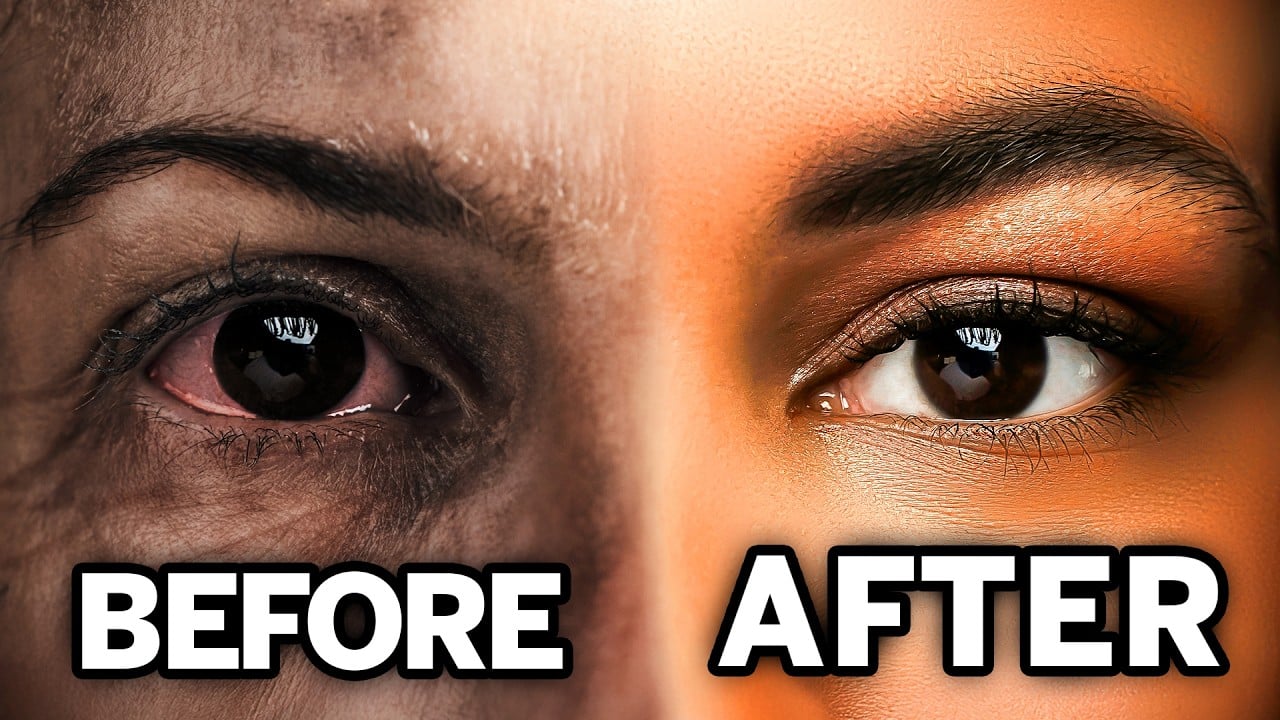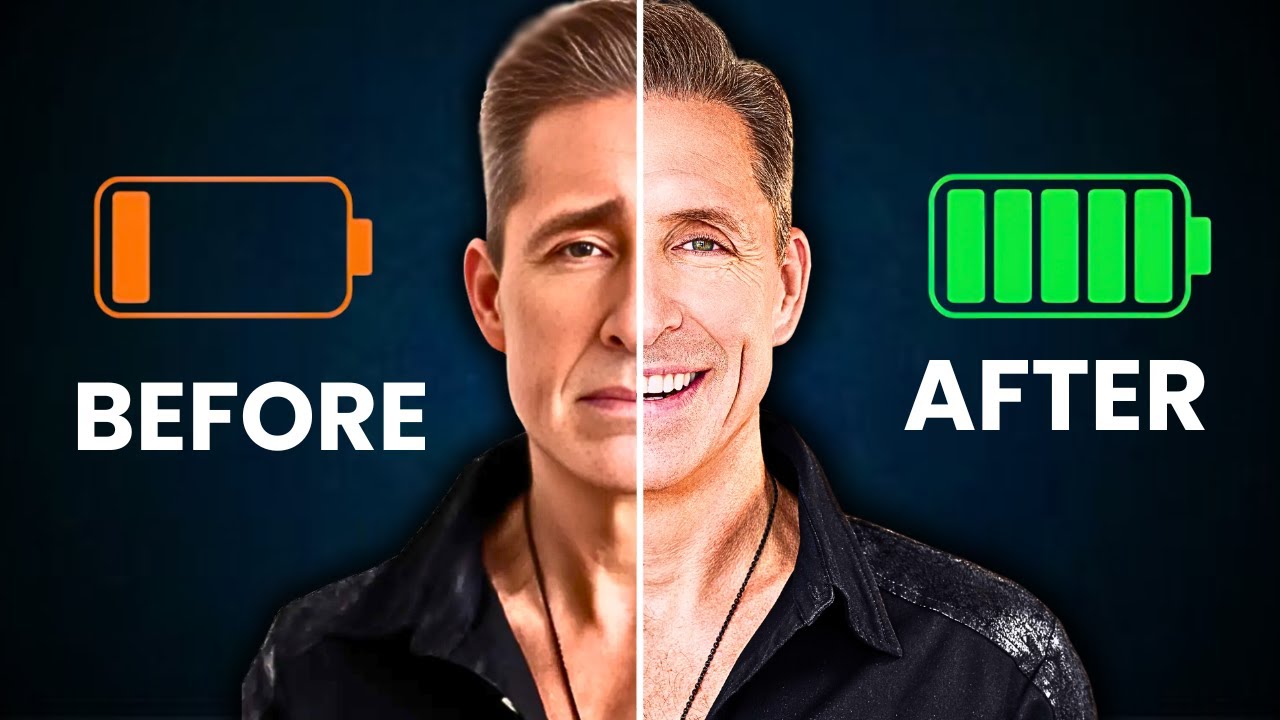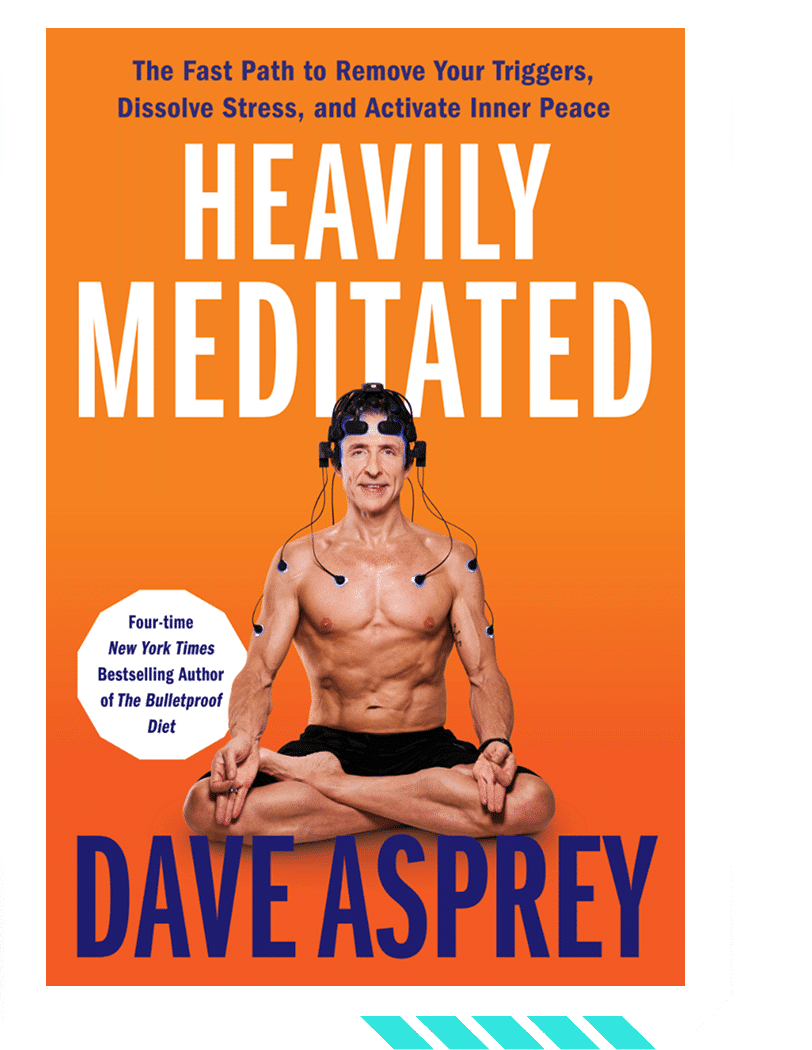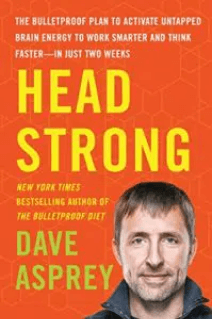
It turns out the yoga masters were right — breathing properly really can improve your attention span and help you focus better. A new study has found a direct neurophysiological link between the breath and the brain.
Breathing regulates noradrenaline, study finds
Researchers at Trinity College Institute of Neuroscience and the Global Brain Health Institute found that focused breathing affects levels of noradrenaline, a natural brain chemical messenger. Noradrenaline gets released into the bloodstream when you are curious, focused, or emotionally aroused. It enhances your attention to detail and improves overall brain health by promoting the growth of new neural connections.
When you’re stressed, you produce too much noradrenaline, making it difficult to focus. When you’re feeling lethargic, you produce too little of it, which also makes it hard to focus.
The researchers measured the study participants’ breathing patterns, their attention span, and activity in an area of the brainstem called the locus coeruleus — where noradrenaline is made. They found that those who focused well on a demanding task had better synchronization between their breathing patterns and attention, as opposed to those who had poor focus and inconsistent breathing patterns.
“This study has shown that as you breathe in, locus coeruleus activity is increasing slightly, and as you breathe out it decreases,” says Michael Melnychuk, PhD candidate at the Trinity College Institute of Neuroscience and lead author of the study. “Put simply, this means that our attention is influenced by our breath and that it rises and falls with the cycle of respiration. It is possible that by focusing on and regulating your breathing you can optimize your attention level and likewise, by focusing on your attention level, your breathing becomes more synchronized.”
Breathing exercises could help those with ADHD and traumatic brain injuries
The researchers suggest further research be done to help us better understand how breathwork can serve as an alternative to medication for people with Attention Deficit Hyperactivity Disorder (ADHD) and traumatic brain injuries, as well as slow down or prevent cognitive decline as we age.
“Brains typically lose mass as they age, but less so in the brains of long-term meditators,” says Melnychuk. “More ‘youthful’ brains have a reduced risk of dementia, and mindfulness meditation techniques actually strengthen brain networks. This study provides one more reason for everyone to boost the health of their brain using a whole range of activities ranging from aerobic exercise to mindfulness meditation.”
Two breathing practices that improve concentration
Curious what type of breathing practices lead to greater concentration? There are two types to choose from, depending on what it is that’s affecting your difficulty concentrating.
- If you’re easily distracted and therefore can’t concentrate, mindfulness meditation will help you focus better. Mindful meditation homes in on the sensations of breathing — without attempting to control your breath. Your goal is to simply observe.
- If your state of arousal — you’re drowsy while driving or you’re having a panic attack – is affecting your ability to focus, controlled breathing like pranayama can help by calming your nervous system.
Once you’ve figured out which breathing technique is most suitable for you, follow these step-by-step guides for great concentration:
Mindfulness breathing
Mindfulness breathing is used during a typical mindfulness meditation session to help you bring your attention to the present moment. As you allow yourself to experience the fullness of your thoughts, feelings, and physical sensations during mindfulness meditation, you use the breath as your navigational compass. You observe the in-breath and out-breath without trying to change it. In this way, the breath becomes your most basic tool to bring you into the present moment after your fleeting thoughts and feelings pass. A typical mindfulness meditation session lasts 15-20 minutes, practiced once a day.
Step-by-step guide to mindfulness breathing
- Sit in a comfortable cross-legged position or lie down if that’s more comfortable..
- Close your eyes.
- Center yourself on your breath — just observe its natural rhythm without making an effort to adjust it.
- Focus on the rise and fall of your chest, the sensation in your nostrils, and the sound the breath makes in your throat.
- If you’re feeling really irritated or stressed, you can use mindfulness breathing to calm down by counting. Inhale through your nose for 3 seconds, hold the breath for 2 seconds, then exhale through your mouth for 4 seconds. Then return to your normal breath and continue to observe.
Related: Use This Guided Meditation to Clear Your Mind and Find Happiness
Pranayama breathing
Pranayama breathing, also known as belly breathing, is a yogic technique that helps you to breathe with your diaphragm. According to pranayama yoga, there are three kinds of breathing.
- High breathing – breathing primarily with your upper chest and lungs — leads to shallow breathing and is what you do when you’re stressed or angry.
- Low breathing –the best form of breathing –uses your lower abdomen and diaphragm to pull air in and out of your lungs.
- Middle breathing – in between high and low breathing – is better than high breathing, though not as good for you as low breathing.
Knowing that low breathing is best for you is step number one. Now, how do you do it? Essentially, you’ll want to focus on breathing into your stomach. First, inhale through your nose, which will cause your stomach to compress, then you follow the breath up your body. Your chest and shoulder blades will not move, though your stomach will extend.
Step-by-step guide to pranayama breathing
- Inhale (Puraka in yoga-speak) one continuous, long breath.
- Pause and hold (Abhyantara Kumbhaka) before exhaling without moving your muscles.
- Exhale (Rechaka) in a controlled, relaxed, and continuous fashion.
- Pause after exhaling (Bahya Kumbhaka), just as you did for the first pause.
- Start the cycle over again.
Related: 6 Ways to Hack Your Nervous System To Consciously Manage Stress










